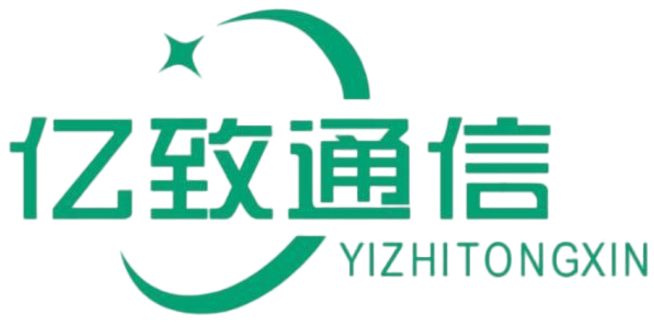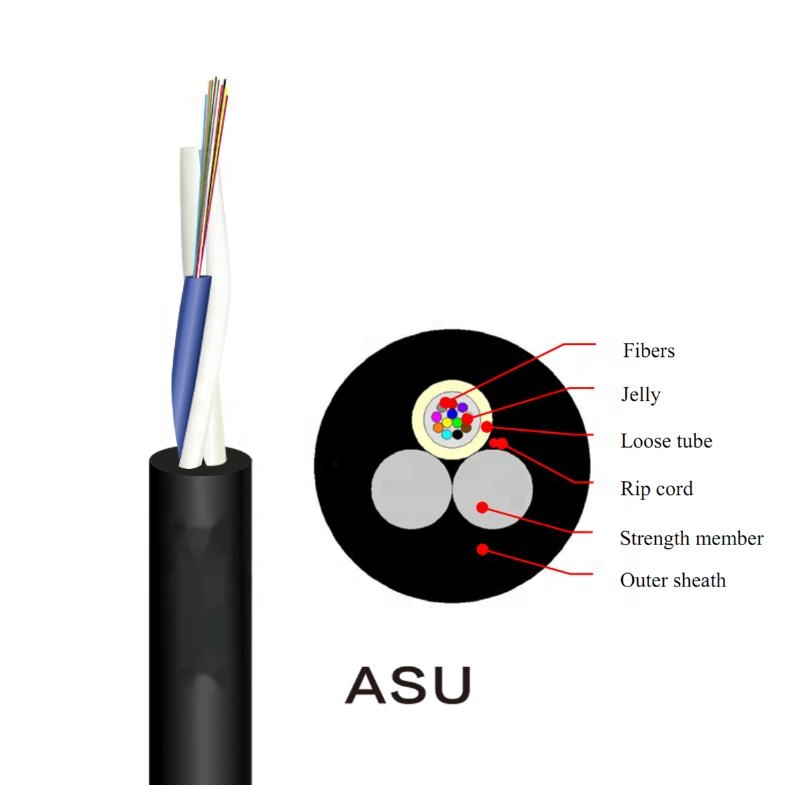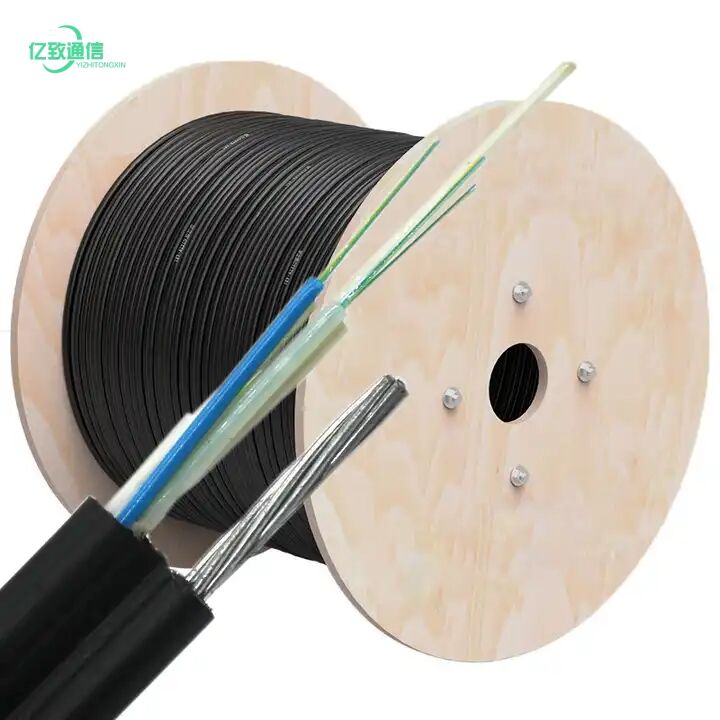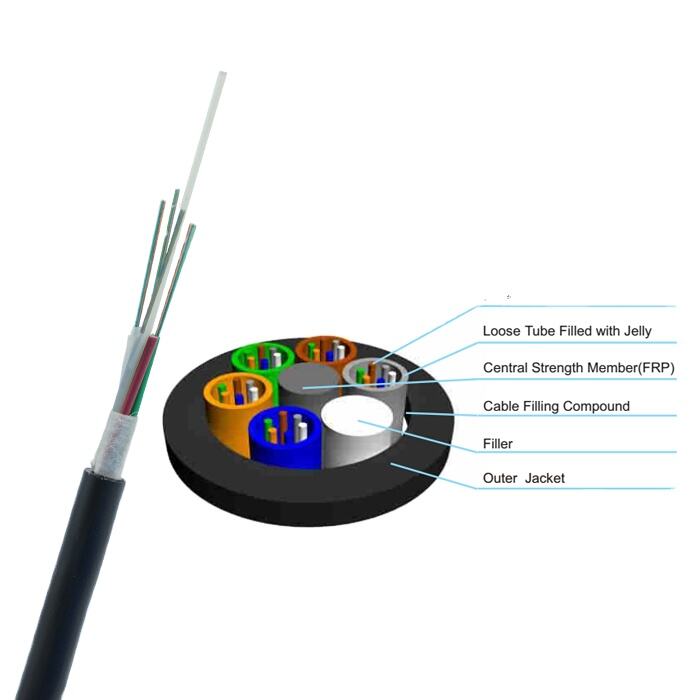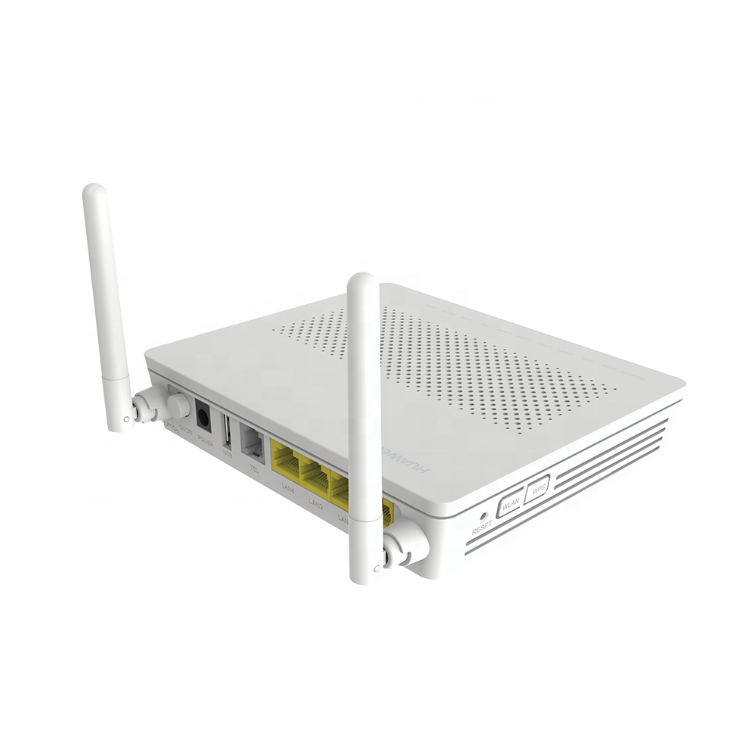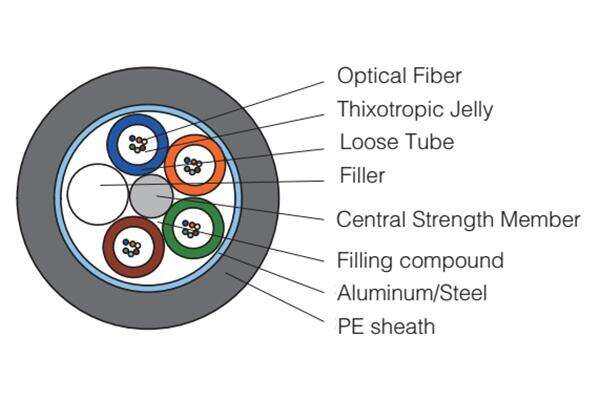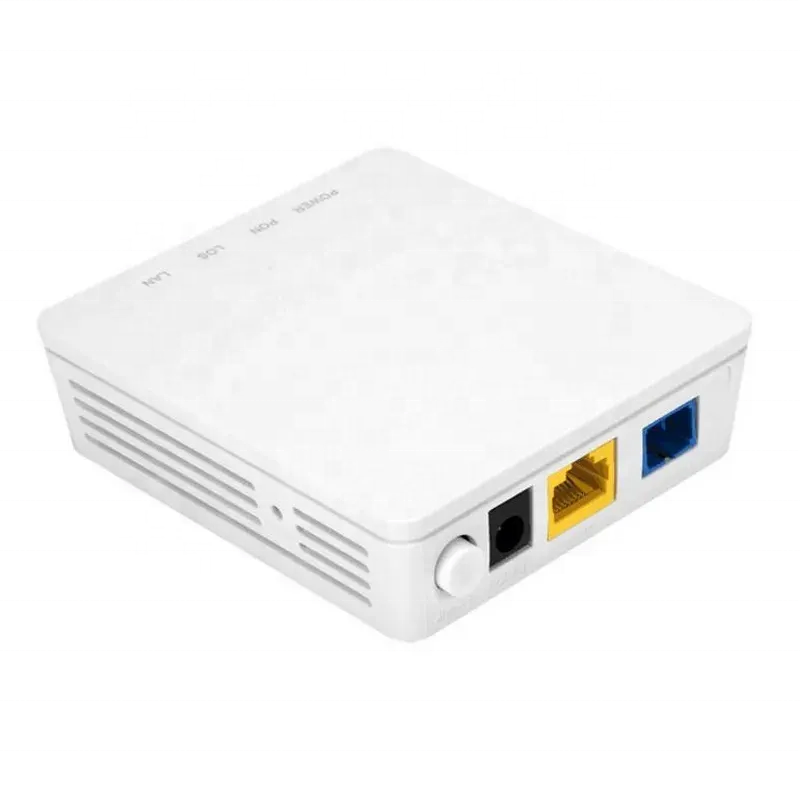hybrid fiber optic cable
A hybrid fiber optic cable represents a revolutionary advancement in telecommunications infrastructure, combining the best attributes of traditional copper wiring and modern fiber optic technology. This innovative cable design integrates both optical fibers and copper conductors within a single cable assembly, offering unprecedented versatility in signal transmission. The optical fiber component enables high speed data transmission over long distances with minimal signal loss, while the copper conductors provide power delivery capabilities. This dual functionality makes hybrid fiber optic cables particularly valuable in applications requiring both power and data transmission, such as telecommunications networks, data centers, and industrial automation systems. The cable's construction typically features a central core of optical fibers surrounded by copper conductors, all protected by multiple layers of insulation and protective sheathing. This design ensures both signal integrity and physical durability. The technology supports various communication protocols and can handle multiple types of signals simultaneously, making it an ideal solution for complex networking requirements. Modern hybrid fiber optic cables can achieve data transmission speeds of up to several terabits per second while simultaneously delivering electrical power, making them essential components in today's interconnected world.
